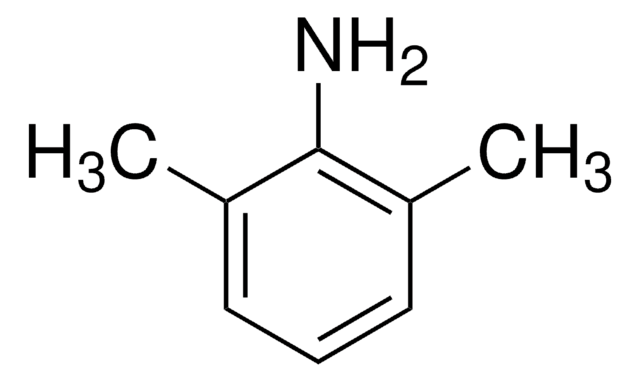M27301
Methyl acrylate
99%, contains ≤100 ppm monomethyl ether hydroquinone as inhibitor
Synonym(s):
Methylacrylate
About This Item
Recommended Products
vapor density
3 (vs air)
Quality Level
vapor pressure
67.5 mmHg ( 20 °C)
assay
99%
form
liquid
autoignition temp.
874 °F
contains
≤100 ppm monomethyl ether hydroquinone as inhibitor
expl. lim.
14.5 %
refractive index
n20/D 1.402 (lit.)
bp
80 °C (lit.)
mp
−75 °C (lit.)
density
0.956 g/mL at 25 °C (lit.)
storage temp.
2-8°C
SMILES string
COC(=O)C=C
InChI
1S/C4H6O2/c1-3-4(5)6-2/h3H,1H2,2H3
InChI key
BAPJBEWLBFYGME-UHFFFAOYSA-N
Looking for similar products? Visit Product Comparison Guide
General description
application
signalword
Danger
Hazard Classifications
Acute Tox. 3 Inhalation - Acute Tox. 4 Dermal - Acute Tox. 4 Oral - Aquatic Chronic 3 - Eye Irrit. 2 - Flam. Liq. 2 - Skin Irrit. 2 - Skin Sens. 1 - STOT SE 3
target_organs
Respiratory system
Storage Class
3 - Flammable liquids
wgk_germany
WGK 2
flash_point_f
27.0 °F - closed cup
flash_point_c
-2.8 °C - closed cup
ppe
Eyeshields, Faceshields, Gloves, type ABEK (EN14387) respirator filter
Choose from one of the most recent versions:
Already Own This Product?
Find documentation for the products that you have recently purchased in the Document Library.
Customers Also Viewed
Articles
Our strategy is to synthesize mesoporous carbonaceous materials (“Starbons”) using mesoporous expanded starch as the precursor without the need for a templating agent.
RAFT polymerization offers living characteristics to radical polymerization, contributing versatility to reversible deactivation radical polymerization methods.
Our team of scientists has experience in all areas of research including Life Science, Material Science, Chemical Synthesis, Chromatography, Analytical and many others.
Contact Technical Service














![Tris[2-(dimethylamino)ethyl]amine 97%](/deepweb/assets/sigmaaldrich/product/structures/695/792/ee0ff167-22a3-43a7-83a1-6c4908adf0ae/640/ee0ff167-22a3-43a7-83a1-6c4908adf0ae.png)